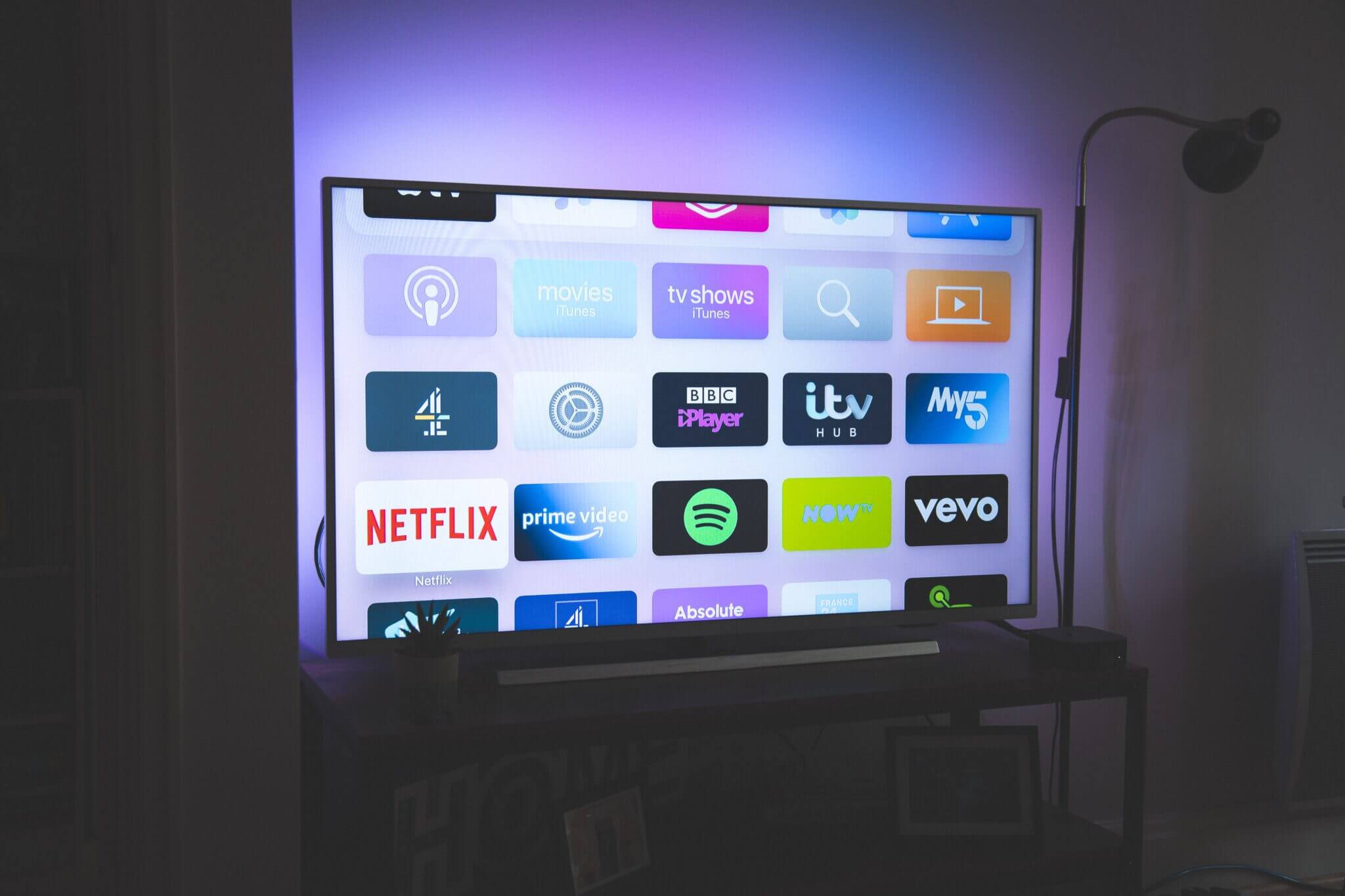
Ways AI Can Enhance Video Ad Monetization and Efficiency
Magnite Team
July 25, 2023 | 5 min read
Magnite’s SVP of Innovation & Special Projects Joe Hirsch recently described how artificial intelligent forecasting and optimization is improving video monetization. Continuing that theme, Joe recently spoke at AdExchanger’s Programmatic I/O event in Las Vegas to discuss AI-powered technologies and their impact on video ad monetization. Here are some of the main takeaways from the session.
Solving Yield Management Puzzles with AI
Industries have been leveraging AI for years, and now it’s evolving. If we think about how hotel rooms or flights are priced nowadays – considering supply, demand, day of week, time of day, events, etc.- it’s easy to see how that concept can be applied elsewhere, including ad tech. Take price floors for ad placements as an example. Historically price floors were fairly static and set infrequently, leading to potential missed revenue opportunities. AI has enabled real-time floor price setting that is automated all year round, seamlessly making changes to positively impact yield across the time of day, day of week, month of year, etc. while also freeing up resources.
Take ad podding as another example. Ad breaks are dynamic, living opportunities, filled with 15, 30, 60, 90 second ads. Those blocks of time have to be contemplated from a yield management perspective, altering price floors based on length of ads in relation to filling the pod. For instance, pricing the last 30 second slot in such a way where you can fill it with something, otherwise you’ll run house ads or slate. Machines are well placed to create the perfect ad break, taking into consideration demand diversity (no duplication, different ad lengths, genres, etc.) while delivering quality user experiences that yield better results.
Similarly, machines are better placed at forecasting efficiently. Machines can take into consideration viewership numbers in the past to predict the future, the strength of the content, etc, to determine avails and pricing. The CTV ecosystem has a huge opportunity to harness the power of AI across services, applications, and home screens to improve performance and yields.
Search and discovery
The primary function of the ‘home screen’ we see on smart TVs is to help users find the content they’re looking for quickly. Using machine learning to serve up recommendations of new content based on what users have previously watched has become more common. However, that use case has evolved into helping people find content that’s surprising to them that they like. For instance, if someone watches season 1 of Stranger Things, it’s not a surprise to see season 2 recommended. But what about content that the user didn’t even know they’d be interested in? AI-driven recommendations on the homescreen can further add to engagement and overall user experience that fuels ad yields while enabling advertisers to reach those audiences effectively.
Data for Training
It’s important to think about AI as a technology that requires a lot of data to train it to be more useful. Automated Content Recognition (ACR) data, for instance, tracks second-by-second viewing for opted-in TVs of what people are watching, across devices. ACR data can provide a strong foundation for training AI to understand audiences better, fuel search and discovery, and provide improved measurement.
Ad Targeting
In our mission to deliver a more relevant TV advertising experience for consumers and brands alike, it makes sense that if we can create good methods for recommending content we should also be able to display more relevant ads. AI helps us get incrementally closer to doing so.
Operationally, campaign setup and pacing can also benefit from AI. Historically, teams of people needed to set up campaigns manually. This also meant ensuring they deliver ads as expected, or tweaking them when delivery performance is unexpected, to ensure that they’re hitting advertisers’ KPIs. For instance, what if a media owner has been keeping with daily pacing for the first 60% of a campaign but hasn’t yet delivered 60% of the impressions. As a result they may decide to remove daily pacing and try other things such as front-loading or ASAP pacing to catch up. AI can automate setup as well as campaign delivery elements, such as flighting, to ensure they’re pacing correctly towards the goal.
Harnessing the Power of AI
AI can provide many benefits in the media ecosystem for sellers, advertisers, and end users, but it is still an emerging technology where the applications have not yet been fully explored. AI can help us scale and enhance our abilities to manage our jobs. However, it still needs human oversight to guide it in the right direction, provide it with the right data, and apply it to the right tasks. If AI is better than humans at budgeting, pacing, and content recommendations, then what else could it assist with? Is it better and more efficient at media planning? How can we use AI to produce more outcomes for our advertisers while increasing yield? The possibilities are endless.
Tags: Advertising, Artificial Intelligence, Data, Monetization, video
Contact Us